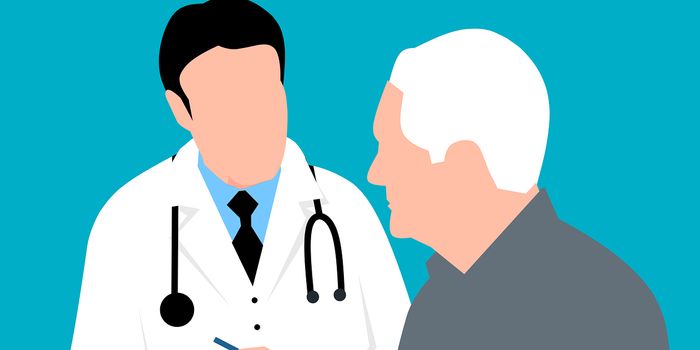Where Fat is Stored, Cancer Could Follow
Recent studies have pretty much debunked the myth that obesity can be tied to health and fitness. That is, being “fat and fit” seems like a health contradiction. And now, a new study suggests that where fat is stored, cancer could follow.
Aside from making it difficult to fit into pants, sporting a so-called beer belly or mushy middle is linked to many health risks, including coronary artery disease, cardiovascular disease, and type 2 diabetes. A previous study tied belly fat with higher mortality rate. But not everyone carries their extra weight in the gut. For some people, the weight goes to their hips too.
And, as it turns out, location matters a lot! People who have an increase of 11 centimeters at the waist are 13 percent more likely to get obesity related cancers. These include postmenopausal female breast, colorectal, lower oesophagus, cardia stomach, liver, gallbladder, pancreas, endometrium, ovary, and kidney cancers. And if the hips grow an extra 8 centimeters, then the risk of bowel cancer increases by 15 percent.
"Our findings show that both BMI and where body fat is carried on the body can be good indicators of obesity-related cancer risk. Specifically, fat carried around the waist may be important for certain cancers, but requires further investigation,” said Dr. Heinz Freisling, the study’s lead author. "To better reflect the underlying biology at play, we think it's important to study more than just BMI when looking at cancer risk. And our research adds further understanding to how people's body shape could increase their risk."
These results further debunk a commonly held belief that a normal BMI is sufficient to be healthy. BMIs measure body fat factoring in height and weight, but it is not informative about where the fat is located. And if there’s one takeaway from this research, it’s that location matters! It’s not just about how much fat, but where it is in the body. Being skinny elsewhere in the body is not enough to compensate for carrying excess weight. This means that having a normal BMI is not license to indulge and forget the treadmill.
We all know too much body fat is unhealthy, but what makes belly fat the most dangerous type of fat? Belly fat is also known as visceral fat, as it extends deep inside the body and envelopes vital organs like the heart, stomach, liver, and pancreas. The proximity and abundance of the fat increases the conversion of fat into cholesterol that can leech into the bloodstream and cause plaque buildups in the arteries.
But before you jump to the next weight-loss pills, consider two things: belly fat is one of the most stubborn fat to trim (courtesy of our hunter and gatherer past), and most weight-loss meds are ineffective long-term. So, doctors recommends an old health adage: a combination of a solid, healthy diet with regular cardio exercise. In addition to diet and exercise, they recommend that reducing your stress levels can help deflate that spare tire.
Additional sources: MNT









